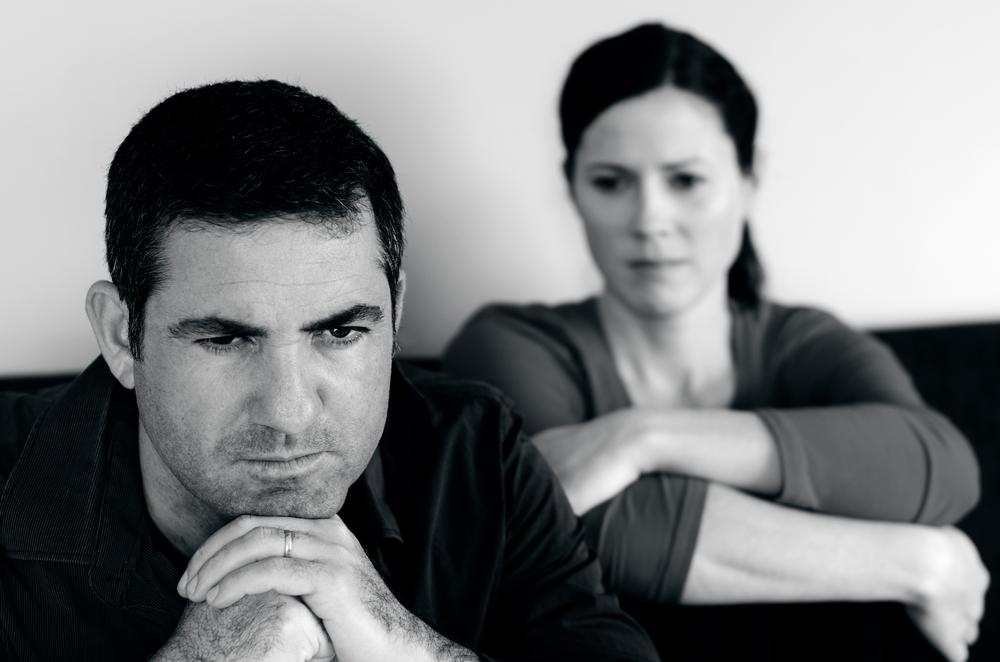Nancy Colier is a psychotherapist, interfaith minister, thought leader, public speaker, and the author of "Can't Stop Thinking: How to Let Go of Anxiety and Free Yourself from Obsessive Rumination,” “The Power of Off,” and the recently released “The Emotionally Exhausted Woman: Why You’re Depleted and How to Get What You Need” (November, 2022.)
Author’s Selected Articles






